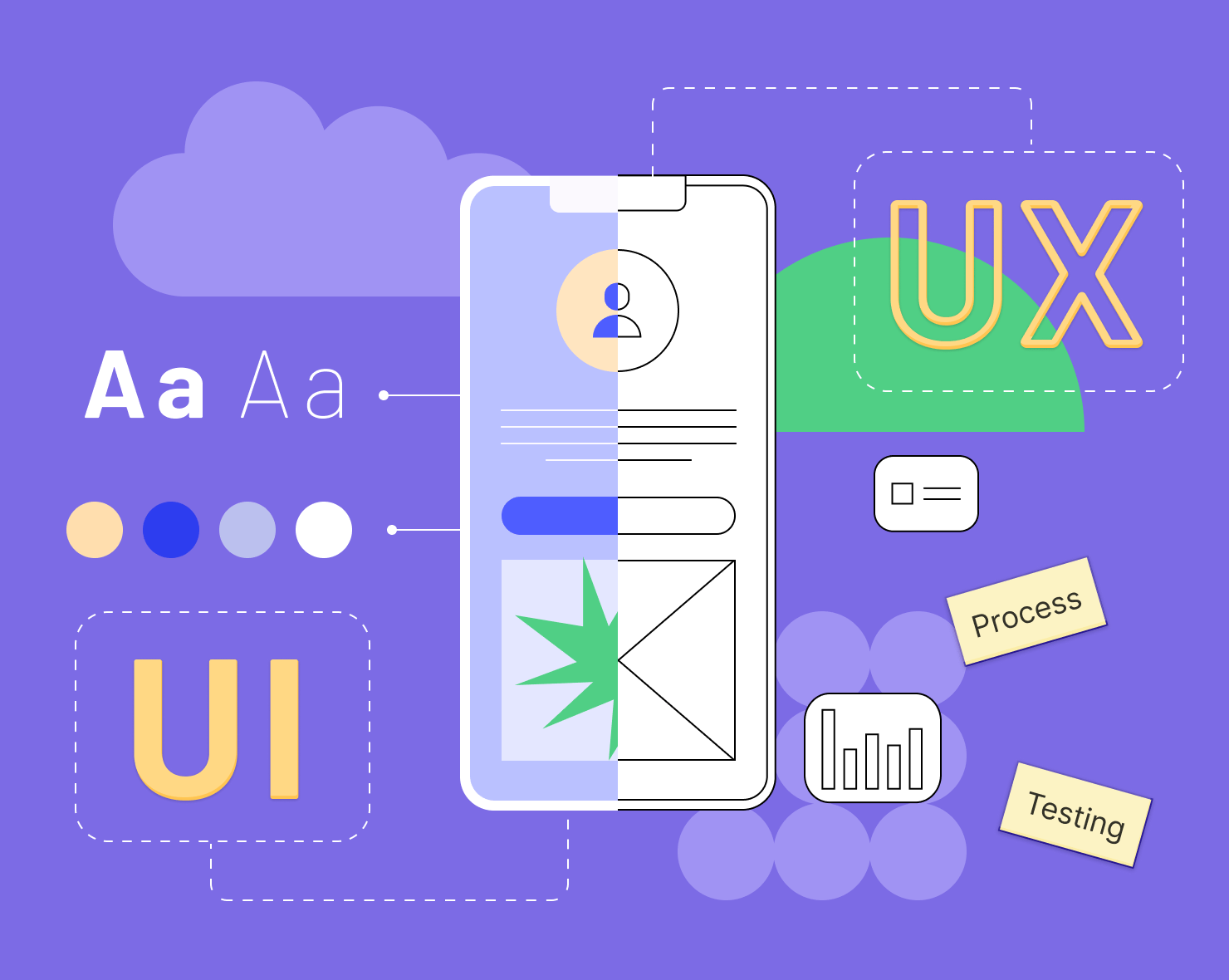Shop At Haya: Your Ultimate Shopping Guide
Discover the best shopping tips, trends, and deals for a smarter buying experience.
Designing for Humans: The Fun Side of UI/UX
Discover the playful side of UI/UX design! Explore tips, tricks, and trends that make digital experiences enjoyable for everyone.
The Psychology Behind Playful UI: How Fun Elements Enhance User Experience
The integration of playful UI elements in digital interfaces has demonstrated significant psychological impacts on user experience. By incorporating fun and engaging components, designers can tap into the innate human desire for play, creating an environment that encourages exploration and interaction. Research indicates that when users encounter playful elements, such as animations, vibrant colors, and gamified interactions, their emotional engagement increases, leading to longer visits and deeper connections with the content. This heightened engagement can stimulate positive emotions, reducing stress and fostering a sense of enjoyment that keeps users coming back.
Moreover, fun elements in UI design also serve to promote creativity and problem-solving among users. When a user interacts with a playful interface, they are not just passively consuming information; they become active participants in the experience. As they navigate through delightful surprises or humorous visuals, their brain releases dopamine, which not only enhances their mood but also strengthens their memory of the interaction. This positive reinforcement transforms routine tasks into enjoyable ones, making the user experience memorable and engaging. Consequently, a well-designed playful UI can lead to increased user satisfaction and loyalty, ultimately benefiting brands that prioritize such innovative design strategies.

Exploring the Balance: How to Design Intuitive Interfaces Without Losing the Fun
In today's digital landscape, creating user-friendly applications is essential, but it should not come at the cost of enjoyment. Exploring the balance between intuitive design and engaging interfaces requires a deep understanding of user behavior and preferences. A well-designed interface should prioritize accessibility and clarity, allowing users to navigate effortlessly through features. While maintaining a sleek, minimalistic style is crucial, incorporating playful elements such as animations or vibrant colors can transform a mundane interaction into a delightful experience.
To achieve the ideal fusion of usability and fun, designers can implement interactive elements that encourage exploration. For instance, gamifying certain aspects of the user experience can increase engagement, leading to increased satisfaction and retention. Additionally, user feedback should play a vital role in refining the interface; conducting usability tests can reveal where users struggle and how the design can better support their needs. Ultimately, designing an intuitive interface does not mean sacrificing enjoyment; instead, it is about finding harmony between functionality and playfulness that resonates with users.
What Makes a User Interface Engaging? Key Elements of Enjoyable Design
An engaging user interface (UI) is essential for keeping users interested and improving their overall experience. Key elements that contribute to enjoyable design include intuitive navigation, which allows users to find what they need quickly and easily. Furthermore, incorporating visually appealing aesthetics, such as a cohesive color scheme and attractive typography, plays a critical role in making a UI more engaging. Additionally, responsive design ensures that the interface adapts smoothly across various devices, enhancing usability and maintaining user interest.
Another important aspect of an engaging UI is interaction feedback. This can manifest as animations or color changes that respond when users click buttons or hover over items, providing a sense of control and satisfaction. Moreover, personalized content, tailored to user preferences or behaviors, can significantly elevate the user experience. A well-designed interface also emphasizes consistency in layout and elements, which helps users become familiar with the features, ultimately fostering enjoyment and encouraging repeated use.